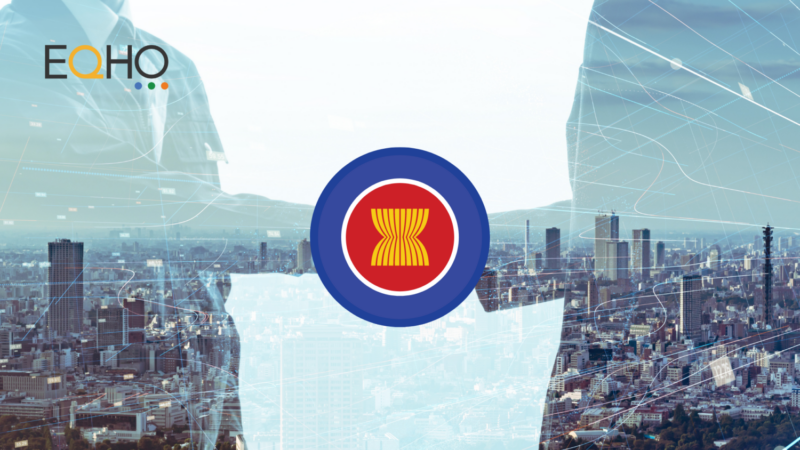Multlingual Terminology Management
Multilingual terminology management is a fundamental but yet often overlooked aspect of localization projects. With an ongoing need to translate high volumes of content into multiple languages, across multiple media channels, departments and global offices, EQHO recommends the first step of any client onboarding is to ensure that centralized terminology glossaries are in place.
Why is Terminology Management so important?
By creating multilingual glossaries, it will help you to maximize daily translation output levels and maintain consistent terminology usage across multiple projects, thus ensuring timely delivery whilst reducing the time the reviewers need to validate the translations. Most importantly however, it ensures that you are speaking the same language organization-wide! Our experience over the past decade, and the experience of some of the companies with the largest localization budgets, has shown that companies that incorporate the development of a high-quality centralized glossary, recoup the initial time spent and cost incurred many times over while also enjoying the results of more consistent global messaging.
How does Terminology Management work?
Terminology management tools help to enforce consistency and accuracy when translating technical, industry and company-specific terms. When translators work with a glossary-enabled CAT tool, the integrated glossary functionality will automatically suggest (or enforce) a particular translation. Variants of verb forms and plurals are automatically propagated if the root word is in the database. This is far more powerful than simply using a word list, which necessitates translators to do a manual look-up or guess their own translations. Not only does it provide a significant increase in translation productivity, but more importantly, it ensures consistency of translation both within the source document and across multiple translators.
When a term that exists in the database is encountered, the entry is automatically displayed. Linguists are supplied with supplementary information that enables them to choose the most suitable translation. These explanations and notes regarding the terms and their usage are shared between all assigned translators to ensure that all use the same contextually correct translation. Typically, the additional information includes notes on the part of speech for disambiguation, context samples from company reference materials, and definitions. As the company’s terminology database expands with each new project, localization engineers in consultation with linguists update the glossaries to include the new terms.
The client’s in-country reviewers would then be required to review and approve the glossary translation. This is very important because from this point on, the glossary is the main reference for the translators. The glossary will ensure the correctness of the translation before the translation is started.
At the end of each project, the glossary is updated with new terms and sent back to the client for final verification.
Speak to us today!
For more information on how EQHO Communications can assist you with your terminology management requirements, please don’t hesitate to contact us.



